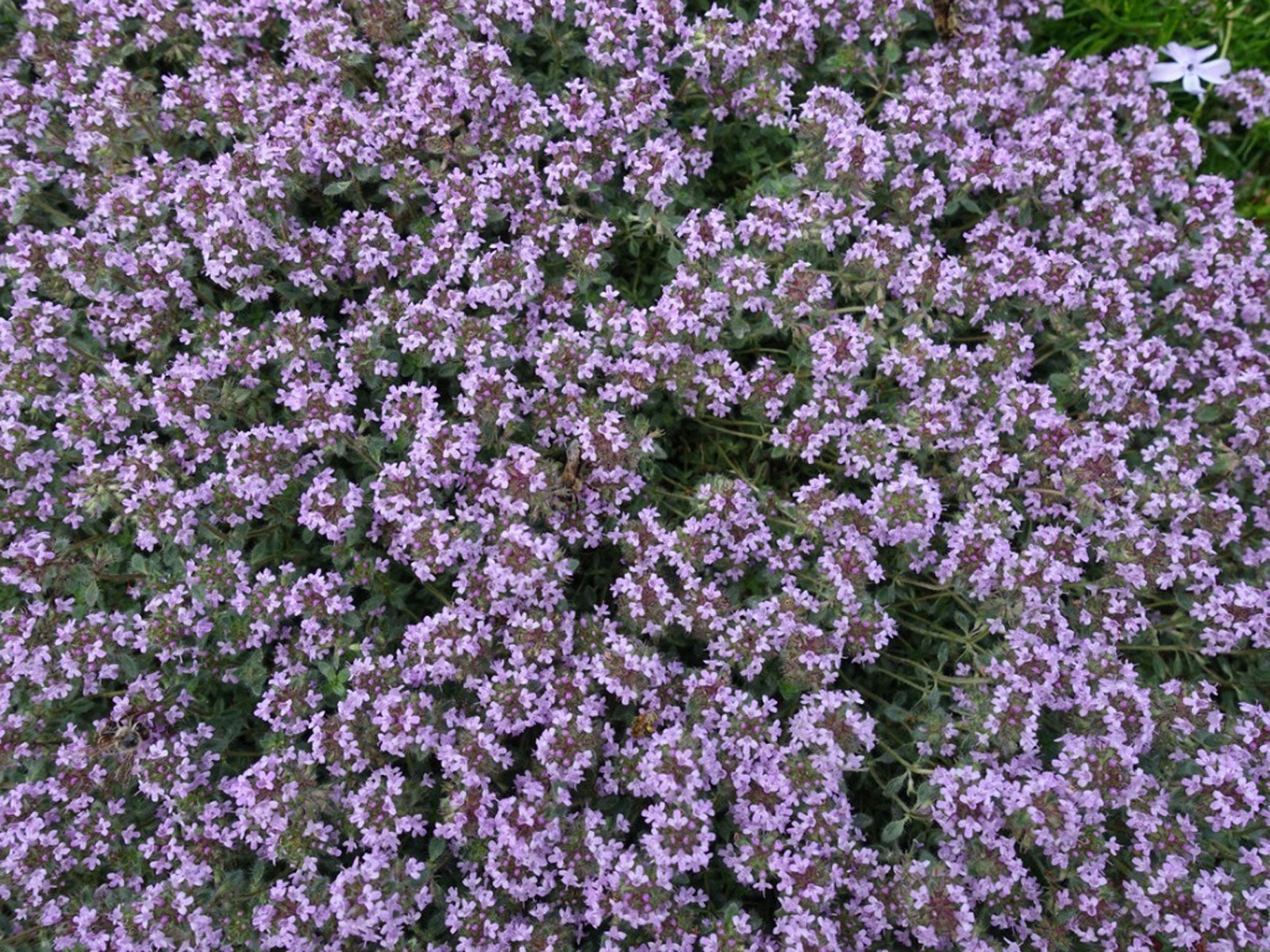
I especially enjoy the prostrate varieties planted among paving stones in paths and terraces that spill into my perennial borders. They are separated into two groups: prostrate, which grow less than 3 inches high and resemble lush, sun-loving mosses and mounding, which form undulating, green or silver carpets that are more than 3 inches high. My favorites are the creeping thyme cultivars, which present a wealth of choices for unusual, aromatic ground covers.

Most are hardy to Zone 5 (–20☏) with winter protection.

More than 150 thymes are commercially available, with hardiness ranges from USDA Hardiness Zones 2 (–50☏) to 10 (30☏). Photo/Illustration: Lee Anne White/Positive Imagesįor the past 20 years, I have grown many thymes at my Pennsylvania herb farm, and I add new ones every season. You can also tuck thyme into stone walls and in rock gardens. Here, a creeping thyme softens a stone walk. Plant creeping thyme 8 to 12 inches (20-30.5 cm.) apart to allow for its spreading habitat.Cracks and crevices provide ideal growing conditions for thyme. Start seeds when growing creeping thyme indoors or they may be sown in the spring after the danger of frost has passed. Cuttings from the creeping thyme plant should be taken in the early summer. The soil pH for growing creeping thyme plants should be neutral to slightly alkaline.Ĭreeping thyme ground cover can be propagated via stem cuttings or divisions and, of course, can be purchased from the local nursery as either established plantings or seeds. Soil should be kept moist but not wet, as the growing creeping thyme plant is susceptible to root drowning and edema.
Photos of wild thyme ground cover l full#
Although this ground cover prefers well-drained lightly textured soils, it will grow quite well in less than desirable medium and thrive from full sun to light shade environments.
Photos of wild thyme ground cover l how to#
How to Plant Creeping ThymeĪs mentioned, growing creeping thyme is a simple process due to its compatibility in a variety of soils and light exposures. In fact, the pollen from the blooming thyme will flavor the resulting honey. Creeping thyme is also capable of withstanding tromping upon by rambunctious kids (making it kid resistant as well!), which makes it an exceptional planting choice anywhere that has frequent foot traffic.įlowering creeping thyme is very attractive to bees and is a nice addition to a garden focused on honeybees. Harvest creeping thyme in the morning when the essential oils of the plant are at their peak.Īnother creeping thyme fact is despite its enticing odor, growing creeping thyme ground cover is deer resistant, making it an ideal landscape candidate in areas frequented by them. To harvest creeping thyme ground cover, either remove the leaves from the stems or dry them by snipping from the plant and hanging them upside down in a dark, well-aerated area.

Just like other thyme varieties, creeping thyme is edible with a flavor and aroma akin to mint when crushed or steeped for teas or tinctures. serpyllum is another creeping thyme variety. will appear in low, dense mats, which sprawl randomly and quickly fill in areas as a ground cover. An evergreen with lightly haired foliage, this tiny-growing creeping thyme varietal - rarely over 3 inches or 7.5 cm. Thymus praecox is a low-growing perennial hardy in USDA hardiness zones 4-9 with fairly minimal requirements. Let’s learn more about creeping thyme plant care. It is excellent planted as a lawn substitute or among stepping stones or pavers to create a living patio. Creeping thyme, also known commonly as ‘Mother of Thyme,’ is an easily grown, spreading thyme variety.


 0 kommentar(er)
0 kommentar(er)
